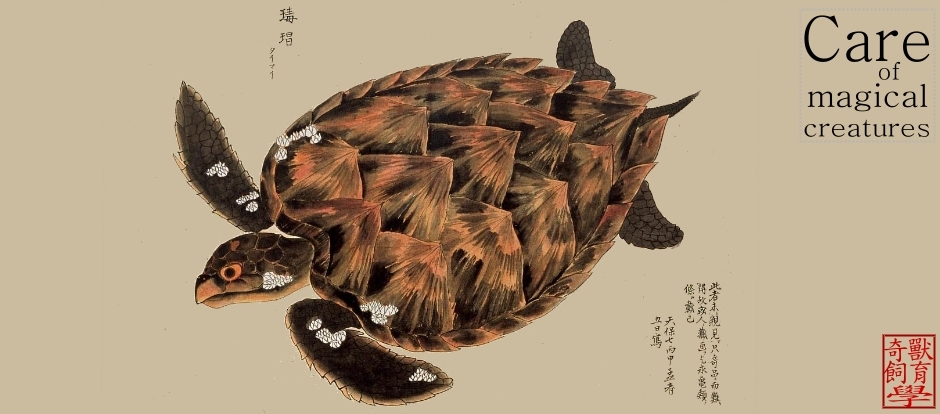 文獻來源: Wright JJ. 2009. Diversity, phylogenetic distribution, and origins of venomous catfishes. BMC Evolutionary Biology (online early version)
文獻來源: Wright JJ. 2009. Diversity, phylogenetic distribution, and origins of venomous catfishes. BMC Evolutionary Biology (online early version)Background The study of venomous fishes is in a state of relative infancy when compared to that of other groups of venomous organisms. Catfishes (Order Siluriformes) are a diverse group of bony fishes that have long been known to include venomous taxa, but the extent and phylogenetic distribution of this venomous species diversity has never been documented, while the nature of the venoms themselves also remains poorly understood. In this study, I used histological preparations of over 100 catfish genera, basic biochemical and toxicological analyses of fin spine extracts from several species, and previous systematic studies of catfishes to examine the distribution of venom glands in this group. These results also offer preliminary insights into the evolutionary history of venom glands in the Siluriformes.
Results Histological examinations of 158 catfish species indicate that approximately 1250-1625+ catfish species should be presumed to be venomous, when viewed in conjunction with several hypotheses of siluriform phylogeny. Unambiguous parsimony character optimization analyses indicate two to three independent derivations of venom glands within the Siluriformes. A number of putative toxic peptides were identified in the venoms of catfish species from many of the families determined to contain venomous representatives. These peptides elicit a wide array of physiological effects in other fishes, though any one species examined produced no more than three distinct putative toxins in its venom. The molecular weights and effects produced by these putative toxic peptides show strong similarities to previously characterized toxins found in catfish epidermal secretions.
Conclusions Venom glands have evolved multiple times in catfishes (Order Siluriformes), and venomous catfishes may outnumber the combined diversity of all other venomous vertebrates. The toxic peptides found in catfish venoms may be derived from epidermal secretions that have been demonstrated to accelerate the healing of wounds, rather than defensive crinotoxins.
圖片連結: wikipedia (photo credit: Jens Petersen)
